Cambrian period
(539-485 MYA)
1
Biomes
6
Continents
2
Animals
2
Plants

Map
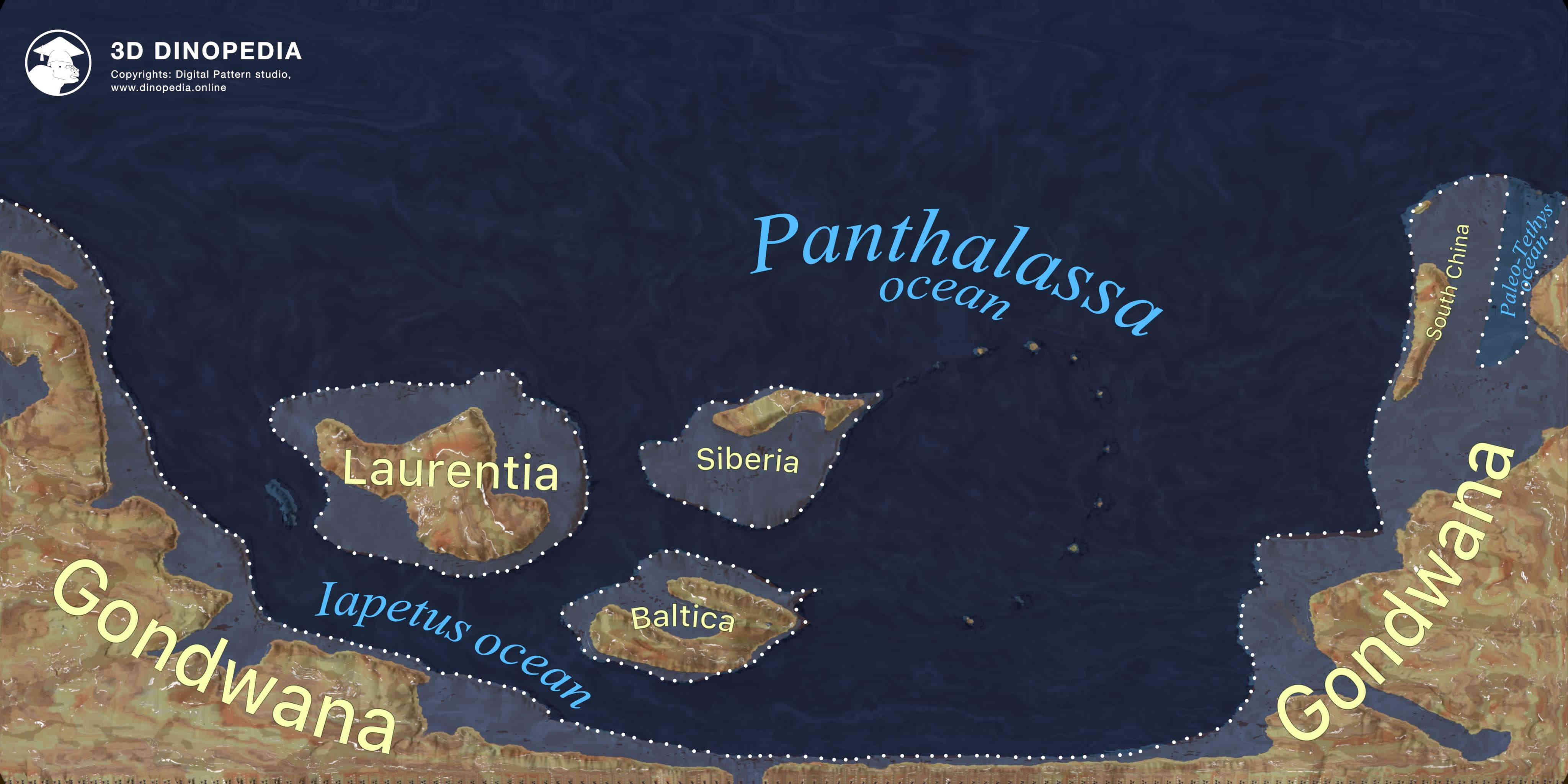
Description
The Cambrian period was the first period of the Paleozoic era. It began about 539 million years ago and ended around 485 million years ago. The period lasted about 53 million years. The name of the period was given after the Latin name of Wales - Cambria, where the first deposits of this time were found.
(Note: Wales is a country that is part of the United Kingdom, located on the west side of the island of Great Britain. To the north, Wales borders England, and to the west, it is washed by the Irish Sea. Wales is known for its beautiful nature, including mountains (for example, the snow-capped peaks in Snowdonia National Park), valleys, and coastline. Wales also has many historical castles. The officially recognized languages in Wales are Welsh and English. The Welsh language is part of the Celtic language family and is still widely used in Wales. Notable Welsh individuals include poet Dylan Thomas, actors Richard Burton, Anthony Hopkins and Catherine Zeta-Jones, and singer Tom Jones.)
At the end of the preceding Proterozoic eon, the single supercontinent, Pannotia, split apart. Most of it remained at the South Pole, forming the vast continent of Gondwana. But several fragments broke off and moved towards the equator - Laurentia (most of modern-day North America), Baltica (approximately corresponding to modern Europe), and Siberia (Angarida) (the territory of modern Siberia). Closer to the end of the Cambrian, South China and the microcontinent Avalonia, consisting of small fragments of modern territories of the UK and the USA, also broke away from Gondwana.
The sea level throughout the period was noticeably higher than today, which facilitated the spread of shallow seas across the continents. The climate was relatively warm and stable. Even the Earth's poles were free from ice caps. Warm shallow seas became a wonderful place for numerous marine inhabitants.
The main events of the Cambrian can be considered the "Cambrian explosion" and the "skeletal evolution". The "Cambrian explosion" is a sharp increase in biological diversity on Earth that occurred over a short (by geological standards) time - about 20 million years. During this period, representatives of all modern types of animals appeared (arthropods, echinoderms, chordates, etc.). The "skeletal evolution" refers to the almost simultaneous formation of shells, carapaces, and skeletons in many animals. The appearance of hard structures in organisms greatly facilitated their study and the dating of Cambrian deposits.
The Cambrian period is also characterized by the development of planktonic organisms, which became the main source of food for many larger animals. From the second half of the period, there was active growth of reefs, which contributed to the formation of complex and diverse marine communities. It should be noted that the main "reef builders" of the Cambrian were not corals, but ancient organisms similar to stone cups and vases - archaeocyathids (Archaeocyatha), which are close relatives of sponges.
Among the largest organisms of the Cambrian were the trilobites. They were the dominant species and made up a significant proportion of benthic animals. Trilobites are one of the most well-known and well-studied fossils, thanks to their abundance and preservation in geological deposits. The remains of corals, brachiopods, and mollusks are also well preserved.
In Cambrian deposits, oil, gas, and other useful fossils associated with ancient oceanic sediments have been found. Ancient organic substances formed in shallow seas, under the influence of temperature, pressure, and time, transformed into valuable fossil fuels. Also, in the shallow tropical seas of the Cambrian, as a result of water evaporation, salt deposits (evaporites) formed.
The Cambrian period is rightfully considered one of the key periods in Earth's history, a time when many species arose that laid the foundation for further evolution of life on the planet. The new Paleozoic era, the new Phanerozoic eon, begins with the Cambrian period.

Animals
Expand more
Loading...

3D Biomes
Articles
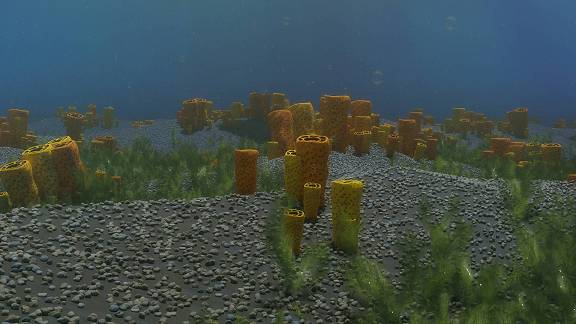
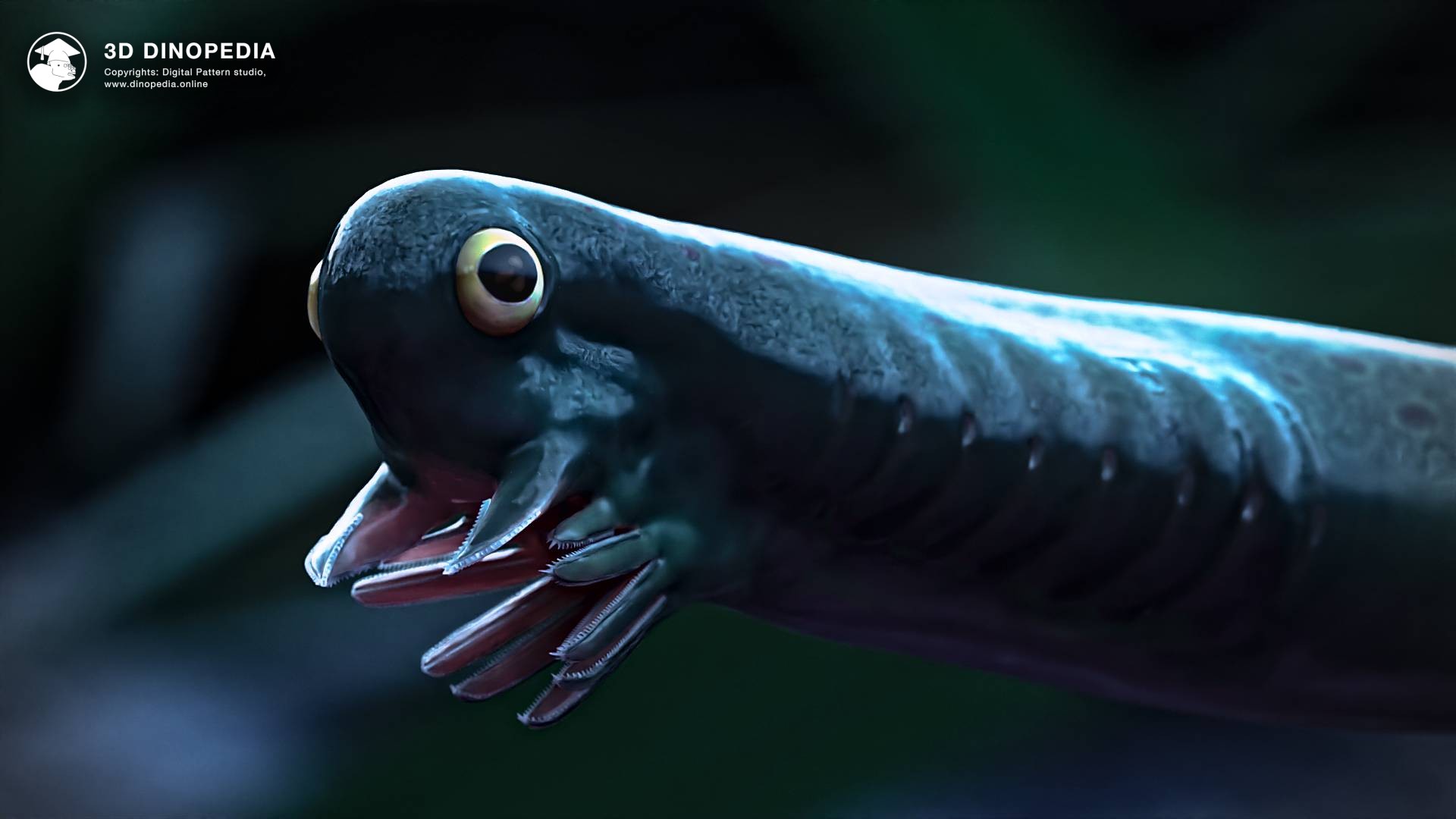
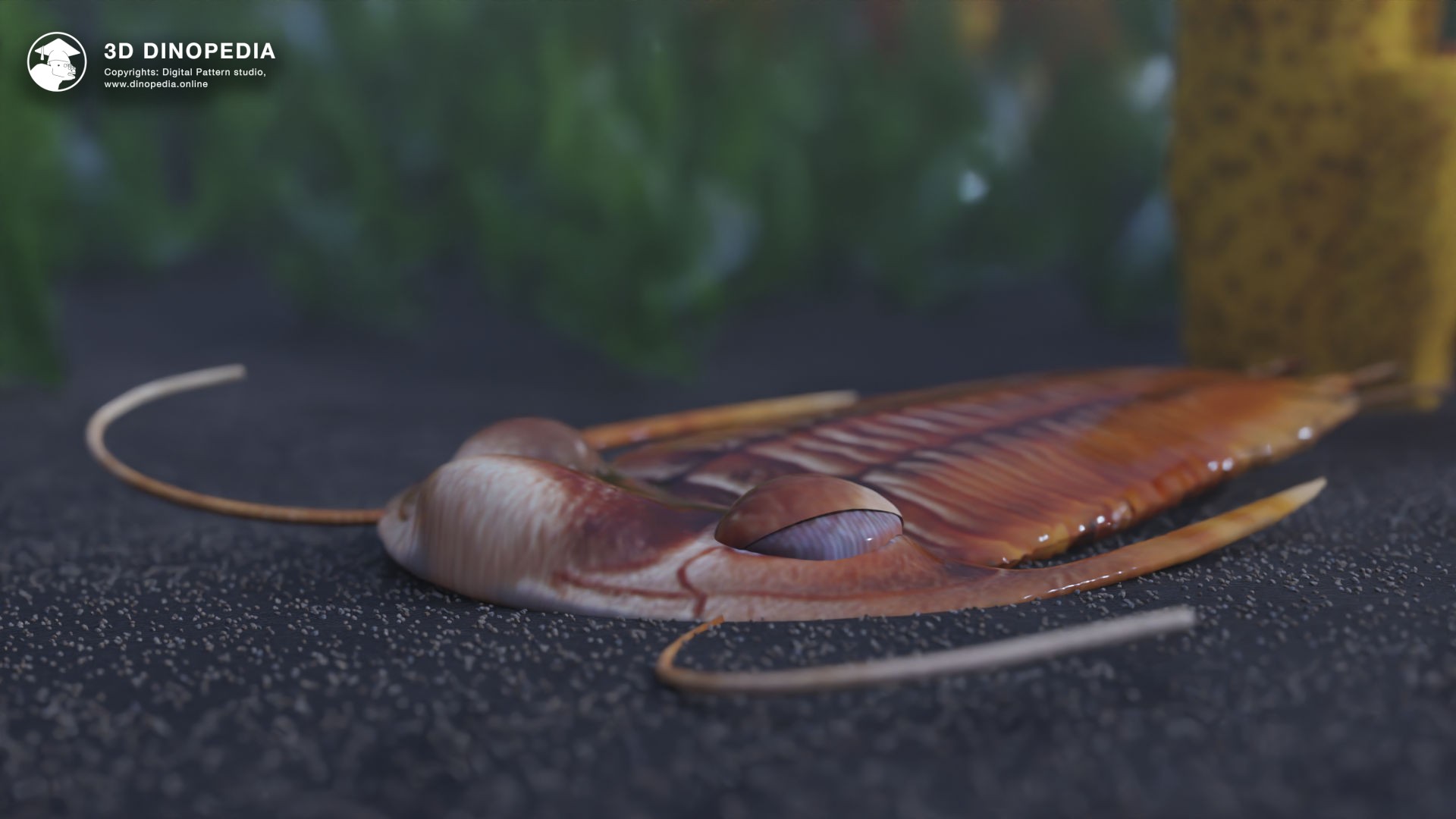
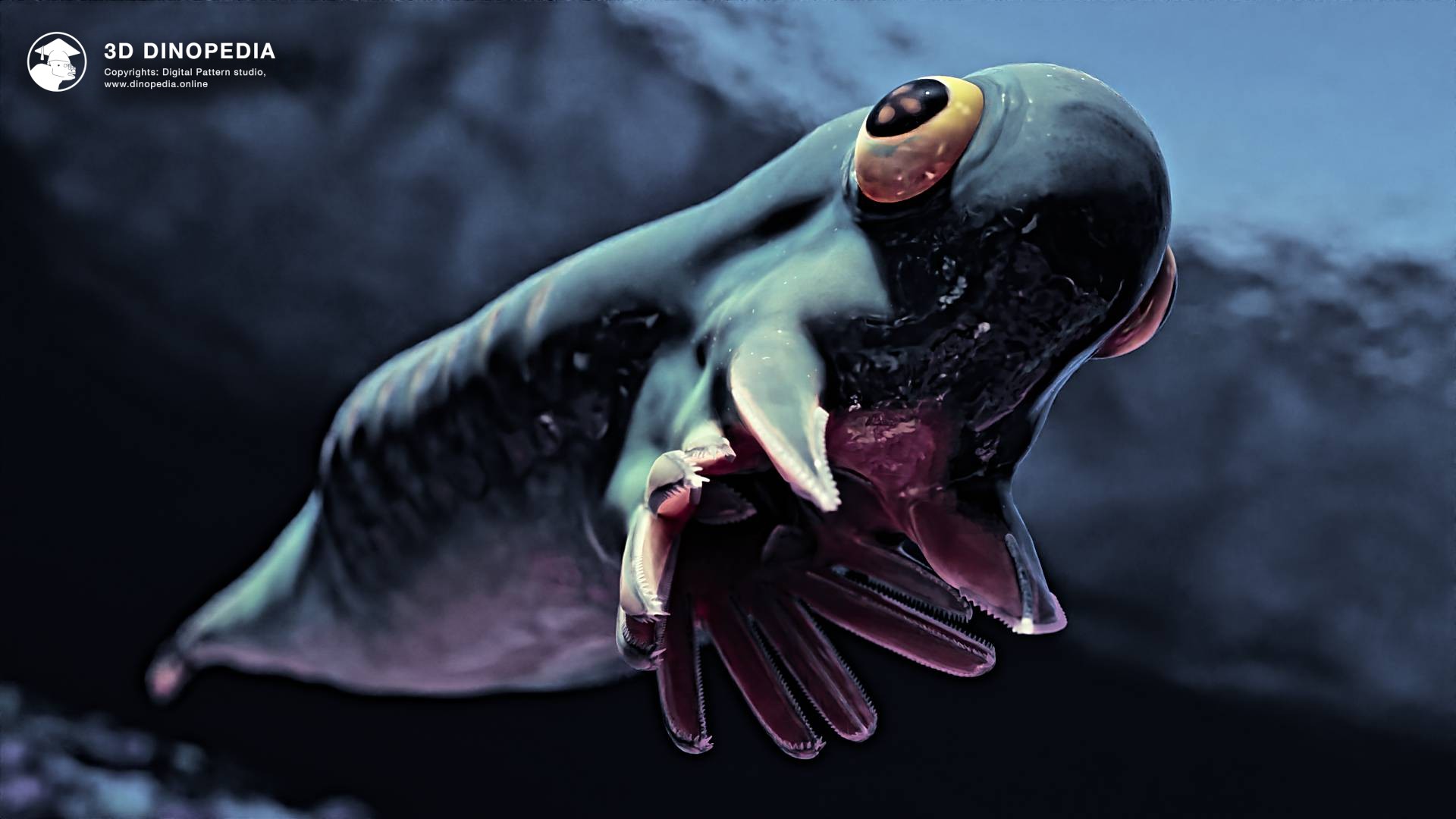
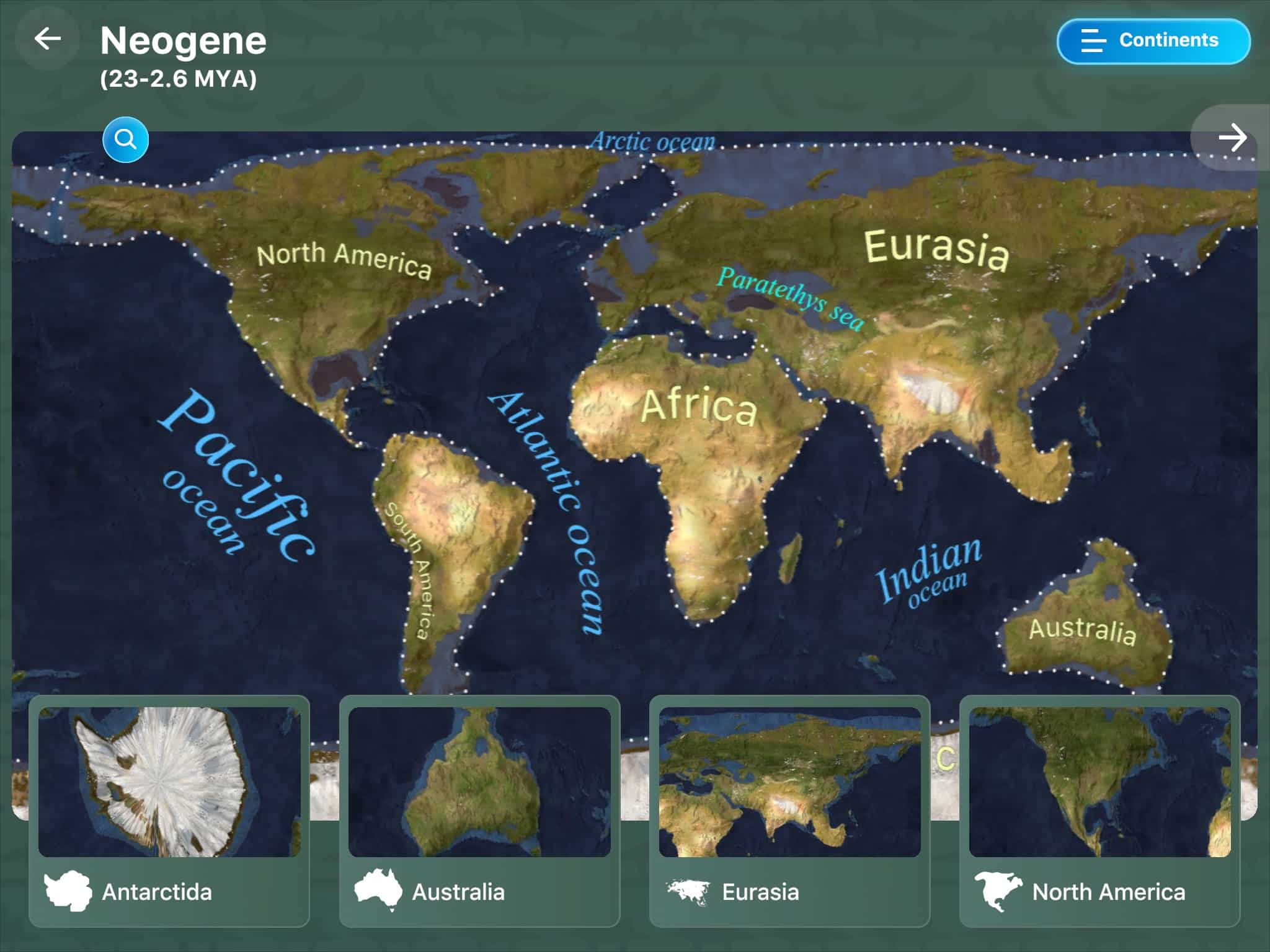

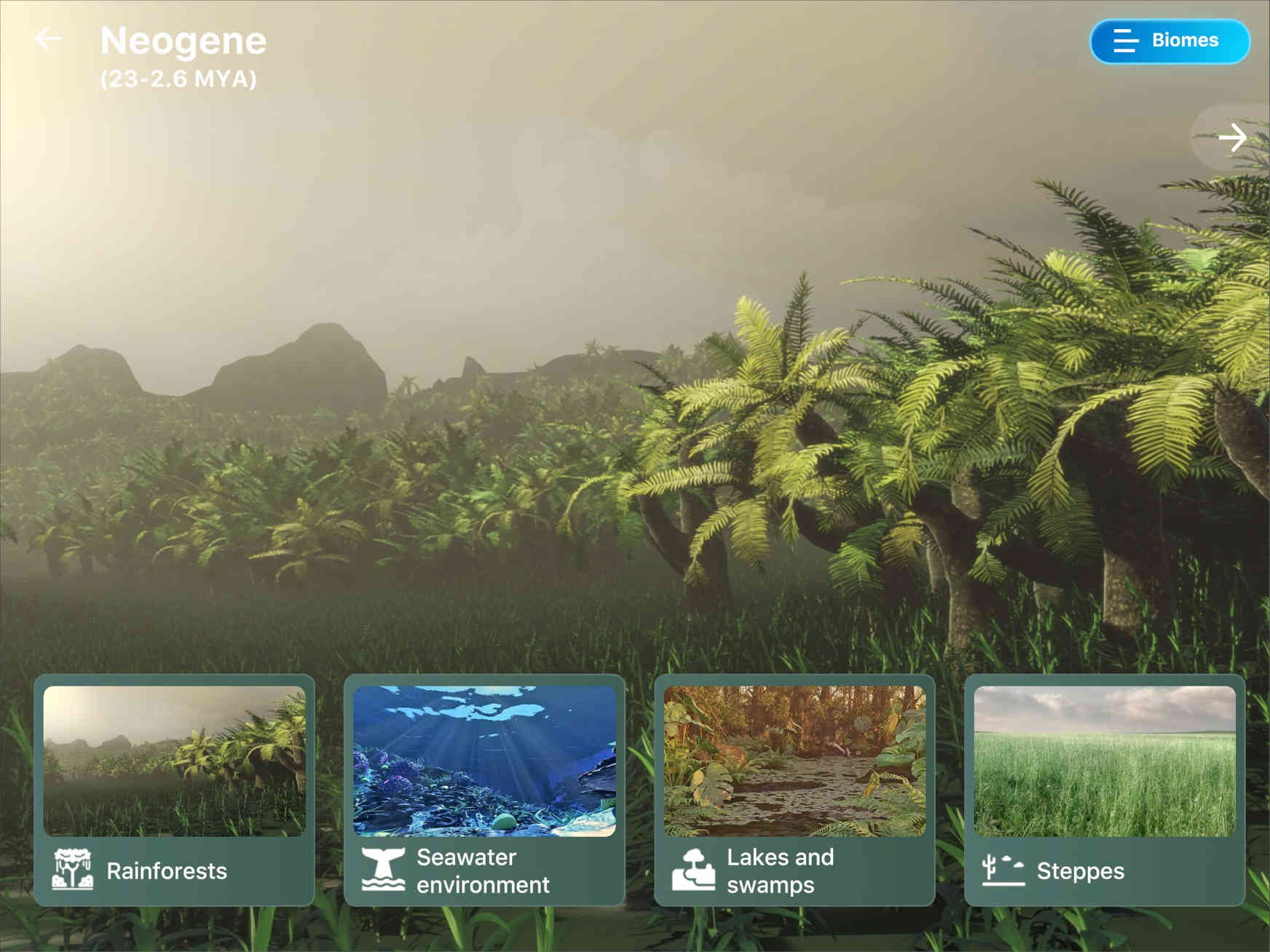
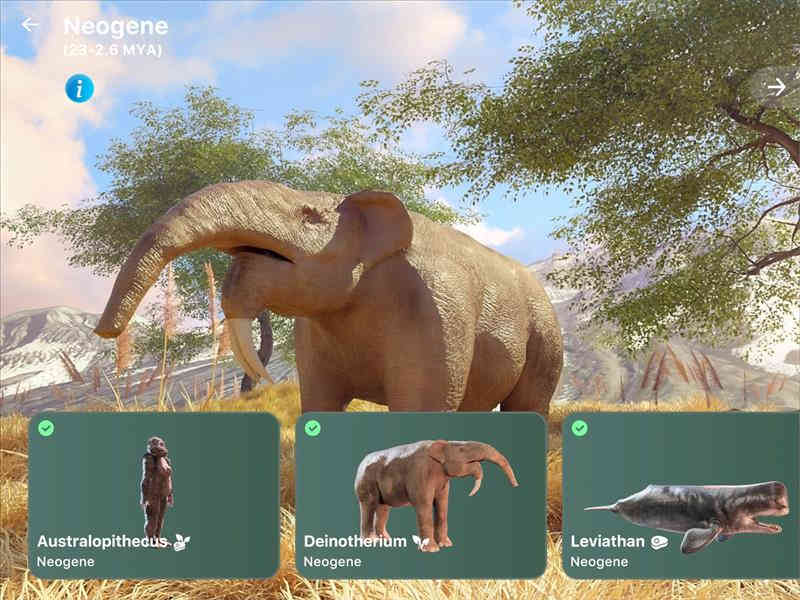





 CONTINENTS
CONTINENTS
 3D BIOMES
3D BIOMES
 FAUNA
FAUNA
 FLORA
FLORA
 EVENTS
EVENTS
 DISCOVERIES
DISCOVERIES
 GALLERY
GALLERY
 3D EARTH
3D EARTH

